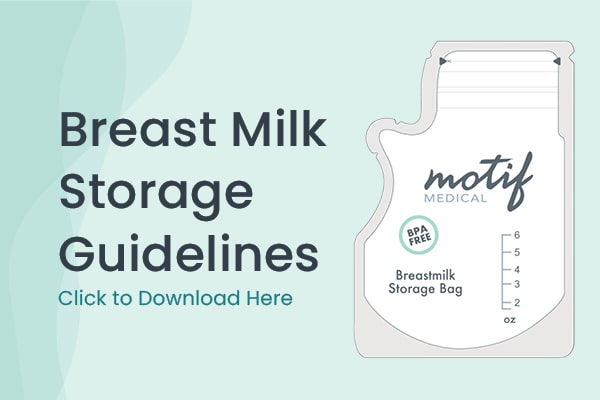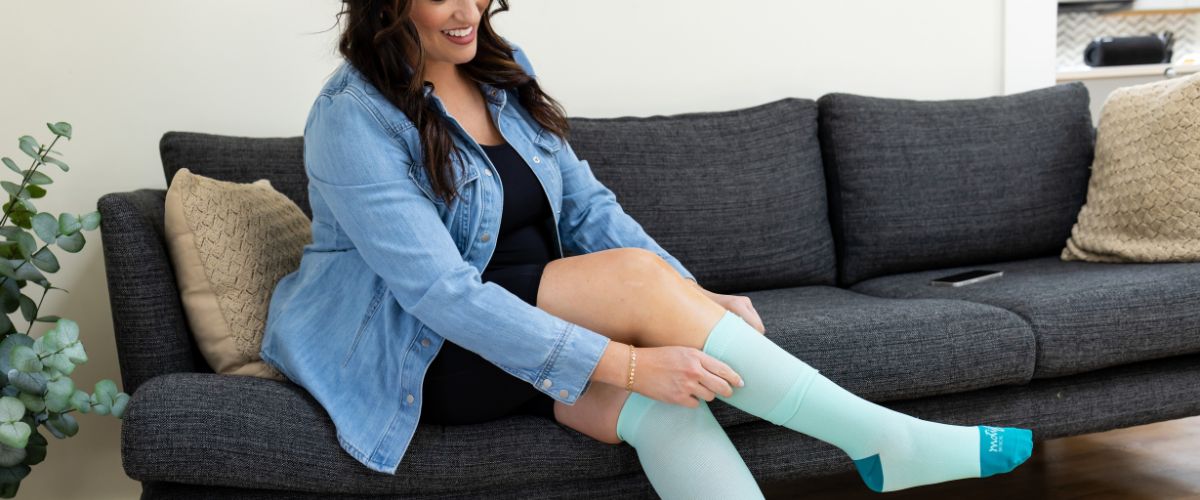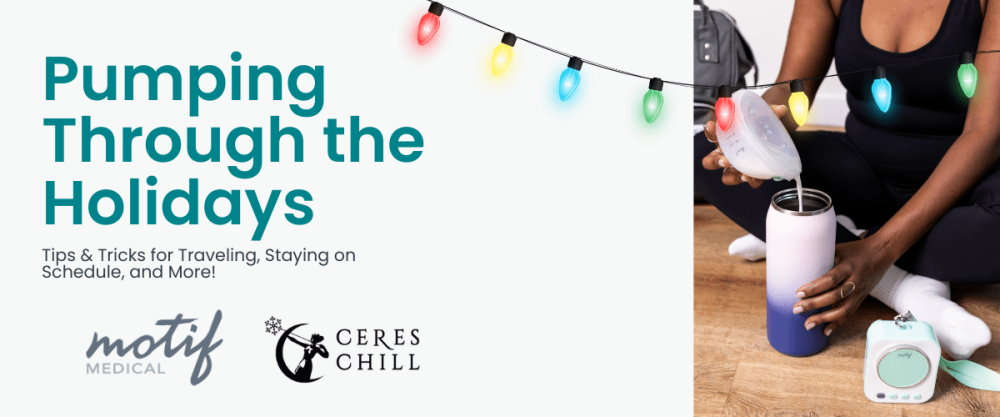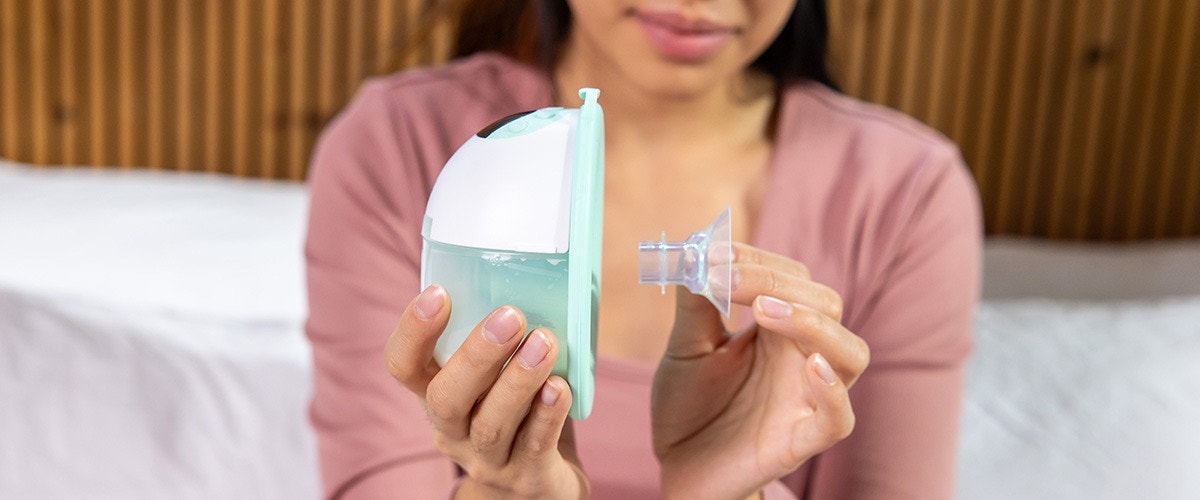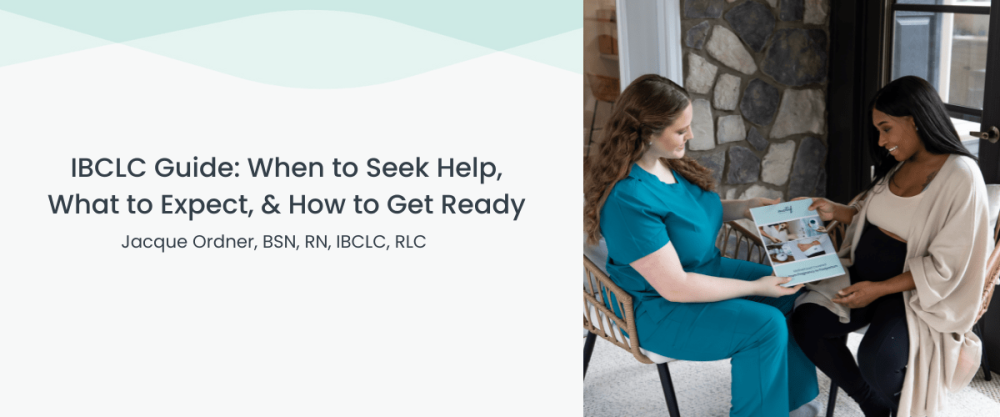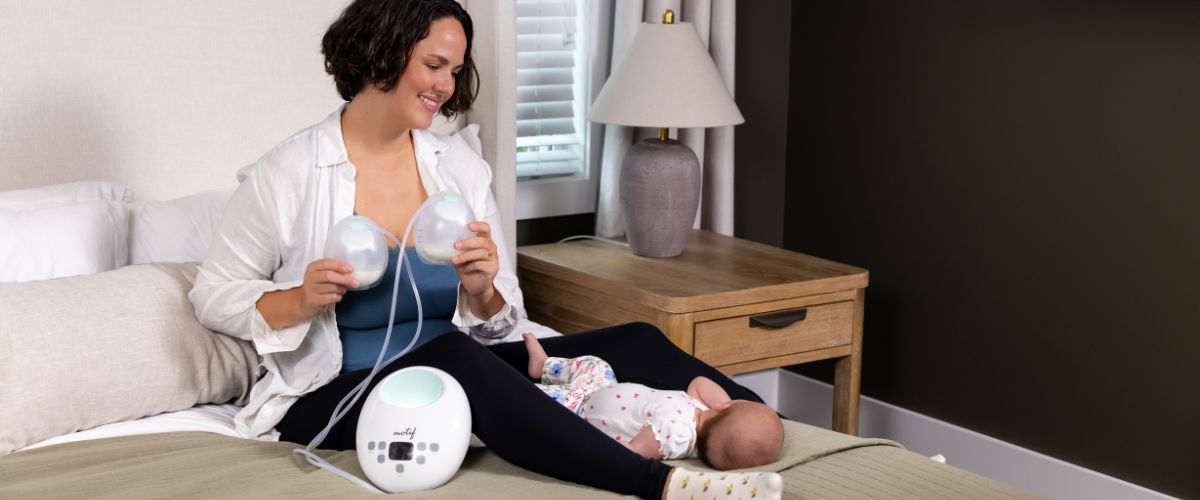Creating a Sucessful Pumping Plan
The first steps to creating a successful pumping plan for travel involve thinking through different aspects of your trip.
-
When and where will you be pumping? It’s best to stay on a consistent routine as much as possible.
-
What type of pump will you be using? Traditional wall pump, portable pump, wearable?
-
How will you wash your pump parts?
-
Estimate how many ounces of breastmilk you’ll be collecting in total based on the length of your trip and whether or not the baby is traveling with you. This will help you make a firm milk storage plan.
-
Will you have access to a refrigerator, freezer, or ice?
-
How will you transport your milk back home?
Once you have considered these different aspects of your travel scenario, it’s time to make a firm plan.
Choose the Right Equipment
- Will you be pumping in a busy airport?
- What about a mother’s lounge?
- Will there be access to a power outlet?
- Will you need to pump on a plane, a train, or in a car?
- Consider all of these questions as you prepare for the big day.
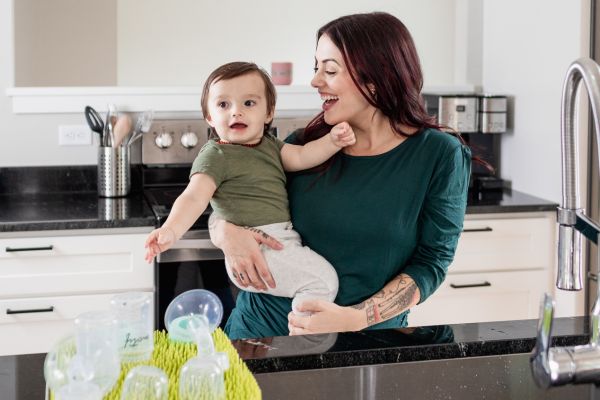

One of the best options for pumping while traveling is to go with a portable or wearable breast pump that allows you to pump discreetly anywhere. The Motif Roam is a battery-powered, portable pump with collection cups that makes pumping an option even in crowded spaces. The Motif Aura Glow is an outstanding wearable option that allows for effective pumping with maximum convenience and is completely contained inside your bra. Both of these options feature pre-programmed pumping modes that allow you to “set it and forget it”, making them perfect for stress-free pumping on-the-go.
Stick to Your Pumping Routine
Remember to Pump!
Frequent and effective milk removal is the foundation of building and maintaining a healthy milk supply. If your breasts stay full too long, you’re at risk of engorgement, clogged ducts (ductal narrowing), and even mastitis. Going long periods without removing milk also sends the message to your body to slow milk production. This is why it’s key to stick to your regular routine, even when traveling, is so important. If you exclusively pump, keep that same rhythm even while on-the-go. If you nurse and pump, you’ll need to pump at least every three hours to match your baby’s needs and to protect your milk supply. This doesn’t need to be a militant schedule, but rather a consistent routine. If something comes up that prevents you from pumping exactly on time, that’s ok! Just adjust the timing of your pump session accordingly. The most important thing is not to skip sessions and to avoid going extended periods of time without removing milk. Even if you don’t have time for a full 15-20 minute pump session, do what you can. This might look like ten minutes of pumping or five minutes of hand expression. Review your travel itinerary ahead of time and build in extra time for pump breaks. If you’re traveling with your baby, just remember that babies often sleep more and eat less during travel, so you may need to wake your little one up for feedings. Set a reminder on your phone so you don’t forget to pump often enough.
*Remember that it is legal to directly breastfeed or pump in any public space in the United States.
Managing Milk Storage
Keeping your milk safe and cool is top priority! Here are some key tips for ensuring your liquid gold stays cold throughout your trip.
-
Freshly pumped milk is safe at room temperature for 4 hours.
-
For short trips, a cooler bag and frozen cold pack work well.
-
For longer trips or extended stays, milk shipping services may be the best option. They package your milk with dry ice and ship it safely home.
-
Insulated breastmilk chillers are compact, and some can keep milk cool much longer than traditional coolers and ice packs.
-
If possible, travel with frozen breastmilk as it stays cool much longer and can be refrozen as long as it hasn’t completely thawed (still has ice crystals). Motif’s Breastmilk Storage Bags freeze flat and feature a convenient tear-off spout for easy pouring.
-
Once completely thawed, breastmilk should be used within 24 hours.
*Many hotels will allow you to use their freezers to freeze milk during your stay.
Cleaning Pump Parts
Perhaps one of the most difficult aspects of pumping while traveling is figuring out how to clean your pump parts. We’ve gathered a few essential tips to make this process easier and less stressful.
-
Carry hand sanitizer in case you won’t be able to wash your hands before pumping. Also, bring along sanitizing wipes to clean any surfaces you’ll be using while pumping. This helps reduce the risk of contaminating your breastmilk during the pumping process.
-
The CDC recommends washing all parts that come in contact with milk (bottles, flanges, duckbill valves, diaphragms) in hot soapy water after each use. While this is ideal, we know it’s not always an option. Consider bringing extra sets of pump parts so you don't have to wash each time. Other options include using pump cleaning wipes or sprays.
-
-
While the CDC doesn’t officially endorse the “fridge hack” (refrigerating or storing pump parts in a cooler between uses), this might be the only option in some scenarios. Be aware that there is always a risk for contamination when pumping, and theoretically, this risk is increased when using the fridge hack.
-
-
Motif’s Micro-Steam Sterilizer Bags are a convenient way to sanitize parts once you reach your destination.
-
Juggling pump parts while traveling means there is more opportunity for something to get damaged or to go missing. For this reason, it’s best to pack extra parts just in case! If nothing else, at least throw in an extra set of duckbill valves and diaphragms.
Navigating TSA Checkpoints With Breastmilk
- Build in extra time so you’re not stressed and rushed while going through security. It can take a bit longer when traveling with breastmilk and pumping equipment.
- Breast pumps and most pumping accessories don’t count toward baggage limits when traveling within the U.S. because they are classified as medical equipment. Most U.S. airlines have policies that allow for extras like diaper bags and strollers as well. Don’t forget about the gate check option if bringing your baby in a stroller!
- Notify the TSA agent that you’re traveling with breastmilk and point out which bag it’s in.
- Familiarize yourself with TSA’s policies regarding traveling with breastmilk and pumping equipment. It can be helpful to pull them up on your phone or carry a printed copy with you. It’s ok to remind the TSA agent to change their gloves before handling your breastmilk, and they should never dip anything into your milk. They may, however, open your milk and hold a test strip above the bottle or wipe down the outside of the bottle to check for explosive residue. While the X-ray machines used for TSA screenings pose no risk to breastmilk, you can opt out of passing your milk through the X-ray screener. This may result in additional steps to be cleared by security.
- You can fly with volumes of breastmilk that exceed 3.4 ounces. Because breastmilk is a medically necessary liquid, it is not subject to the same rules as other liquids.
- Frozen breastmilk and frozen cold packs are easier for TSA to screen.
- Remember that you can get ice from airport restaurants and airline flight attendants. Pack a few zip-top plastic bags just in case you need to fill them with ice as a backup for your cold packs.
Dealing With People
Most people will not even notice pumping or feeding. In the rare case that someone would express discomfort with pumping or nursing, it’s good to be prepared.
- Don’t go in expecting an altercation or argument. Remember that normalization takes time with some, and remember why you’re ultimately doing this: to provide nourishment to your baby and to prevent clogged ducts from not removing milk.
- Stay level-headed and firm if addressing an opposer - this lends more credibility if the conversation requires supervisor intervention.
- Print out the airline’s policy for pumping, storage, and feeding ahead of time.
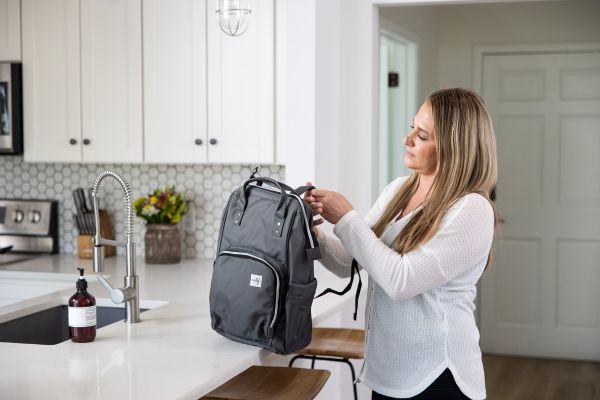

Some great responses for nay-sayers include:
-
“I can see you’re interested in the health of my baby. My doctor is pleased that I’m continuing to provide breastmilk as recommended. The WHO (World Health Organization), the CDC (Centers for Disease Control), and AAP (American Academy of Pediatrics) all recommend breastmilk for at least the first two years of life.”
-
“I’d rather not have to pump right now, but if I don’t, I’m at risk for engorgement and mastitis, which could make me very sick and endanger my milk supply. It’s important that I pump so I can continue to feed my baby.”
-
“You’re welcome to look away if this bothers you. I’m just doing what I need to do to feed my baby.”
-
It’s also perfectly ok to simply ignore anyone who is being rude or confrontational!
YOU’VE GOT THIS!
While pumping and traveling can be stressful, some careful planning can help things go smoothly. Don’t forget the “why” behind it all! As you navigate your travel itinerary, remember that the right tools make pumping so much more convenient. Check out Motif’s full line of pumps to find the perfect option for your lifestyle and needs. Don’t forget that your pump and replacement parts are insurance eligible. Use our handy Insurance Lookup Tool to get the process started.
Information provided in blogs should not be used as a substitute for medical care or consultation.


